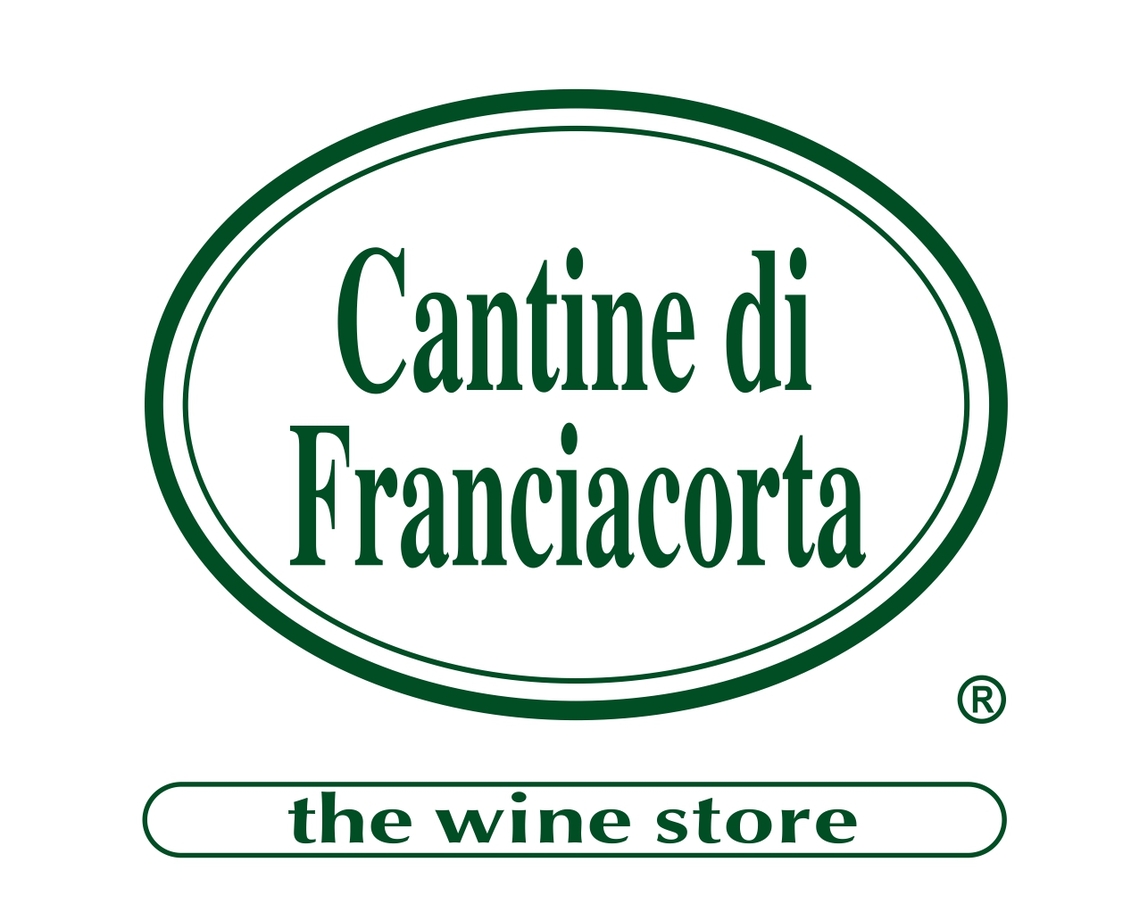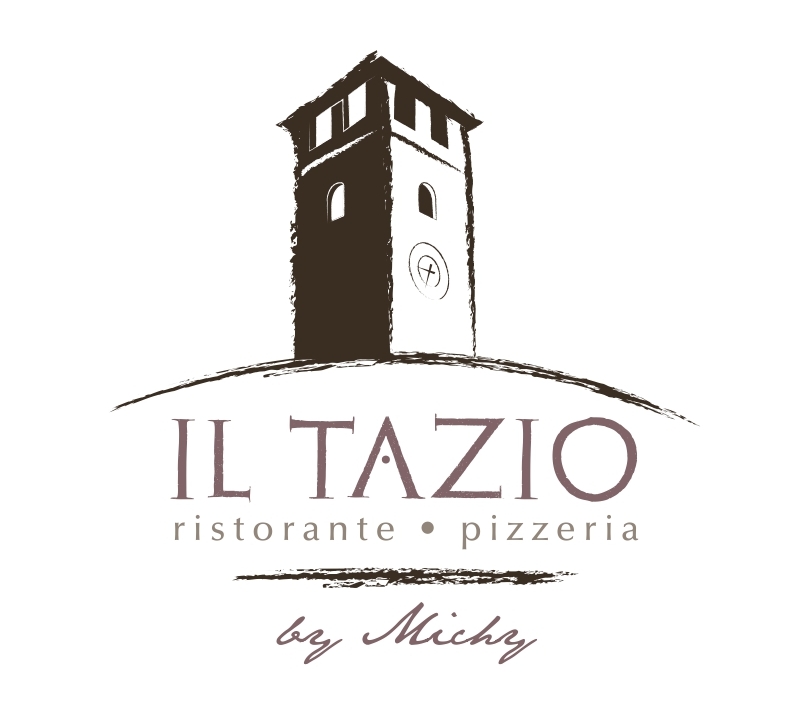Church of Santi Faustino e Giovita
The dedication of a church to the patron saints of Brescia Faustinus and Jovita is an unusual decision by the diocese of Bergamo, which should be read in light of the geographical proximity of the diocese of Brescia and the frequent commercial and farm animal relations with Brescia and the Val Camonica (Camonica valley) areas.
The church of Fonteno was separated from the baptismal church of Solto Collina and became a parish church with a decree by Bishop Pietro Lippomani in 1542.
We know nothing about the original building: sources report a rebuilding at the time of the apostolic visit of Charles Borromeo in 1575 which was completed a few years later. The church was small, a single nave with four bays and three altars. This ancient oratory was partially demolished in 1881 to make way for the current church, consecrated on March 22, 1886. Opening onto the main square of the village, it was built to a design by Attilio Palvis in Lombard neo-Gothic style. In its current form, it provides important examples of the artistic culture of Bergamo over recent decades.
The church of Santi Faustino e Giovita (St. Faustinus and Jovita) has a gabled façade, divided into three by pilar strips, with a central rose window and two ogival lancet windows, now walled up, inside which, in 1988, the statues of Saint Faustinus and Saint Jovita were placed by the sculptor Mario Toffetti, author of the Assumption of the Virgin featured at the peak of the façade. The entrance portal is surmounted by a lunette with the mosaic depicting Jesus embracing his devoted followers, the work of Italo Peresson in 1988 to the design of Trento Longaretti.
The interior of the single nave church is interspersed into four bays by large pillars with bands supporting cross vaults with ogive ribs. Large lancet windows illuminate the nave with glass windows decorated with figures, the work of Vincenzo Villa to a design of the artist Mino Marra in 1981. The vaults were frescoed by Michele Frana and his son Carlo between 1952 and 1956 with round Gothic style motifs depicting the Old Testament Prophets and the Four Evangelists.
On the inside façade there are two paintings belonging to the ancient church: a modest detached fresco featuring the Martyrdom of Saints Faustinus and Jovita from the Bergamo area and a Madonna and Child, St. Anthony of Padua and a donor dating back to the mid 17th Century. Above this is the large triptych of the Resurrection by Pietro Servalli dated 1930.
To the right is the Alter of Our Lady of Sorrows, built in neo-Gothic style in 1916, it preserves a statue of Our Lady of Sorrows whilst on the left there is the altar of the Rosary, originating from the old parish church. Black marble, dating back to the first half of the 17th Century and the work of the Selva sculptors of Riva di Solto, it depicts Our Lady of the Rosary between two Angels on the finial while the contemporary altarpiece with the Our Lady of the Rosary is the work of artists from the Brescia area, similar to the work style of the painter Grazio Cossali. Opposite is the baptistery, built in 1940 by Ditta Clerici (Clerici Company) of Lovere.
In the sanctuary, the 16th Century altar in black marble with stunning polychrome inlays and a frontal with medallion depicting the Nativity can be attributed to the Manni workshop, while the refined boxwood carving of the tabernacle door with the Deposition is the work of the workshop of Fantoni of Rovetta dating back to the early 18th Century. The 17th Century polychrome and gilt wood frame that contains the altarpiece with the Trinity and Saints Faustinus and Jovita, is the work of artists from the Bergamo area of the 17th Century.
Since the early eighties of the 20th Century the church has enjoyed numerous works by Alberto Meli (1921-2003), an artist focusing on the avant-garde sculptures of Hans Richter and Jean Arp, but capable of developing his own essential and naturalistic sacred language: at the altar of Our Lady of Sorrows there is a gilded bronze relief with Jesus taking away the pains of those who suffer (1987); in the baptistery there is a medallion of the Baptism of Christ while in the sanctuary there is the table with the Good Shepherd (1987) and the ambon with St. John the Baptist (1988) belonging to him. The drawings on the sanctuary glass windows are also by Meli and dated 1982.
Francesco Nezosi
For more information:
1961 Bellini B., La collina di Solto, Cisano Bergamasco 1961, pp. 77-91, 136-137, 150-152
1989 Pasinelli B., La Comunità dei Santi Faustino e Giovita in Fonteno, Fonteno 1989, pp. 11-117, 156-172, 174, 180-191, 204-248, 252-282.















